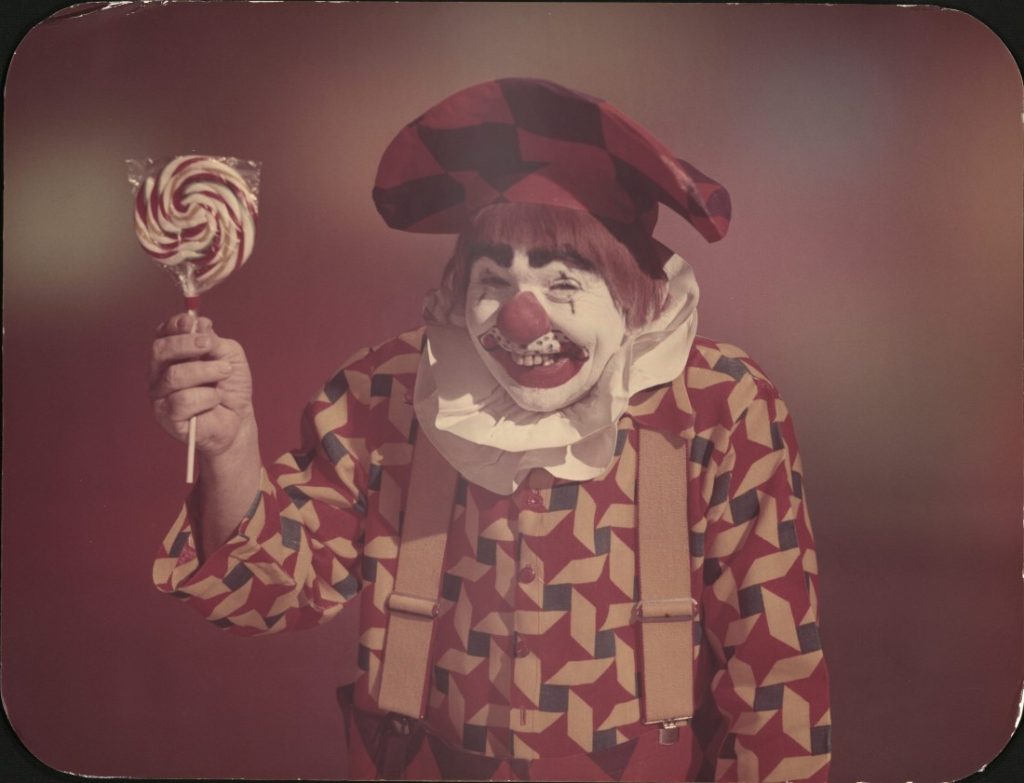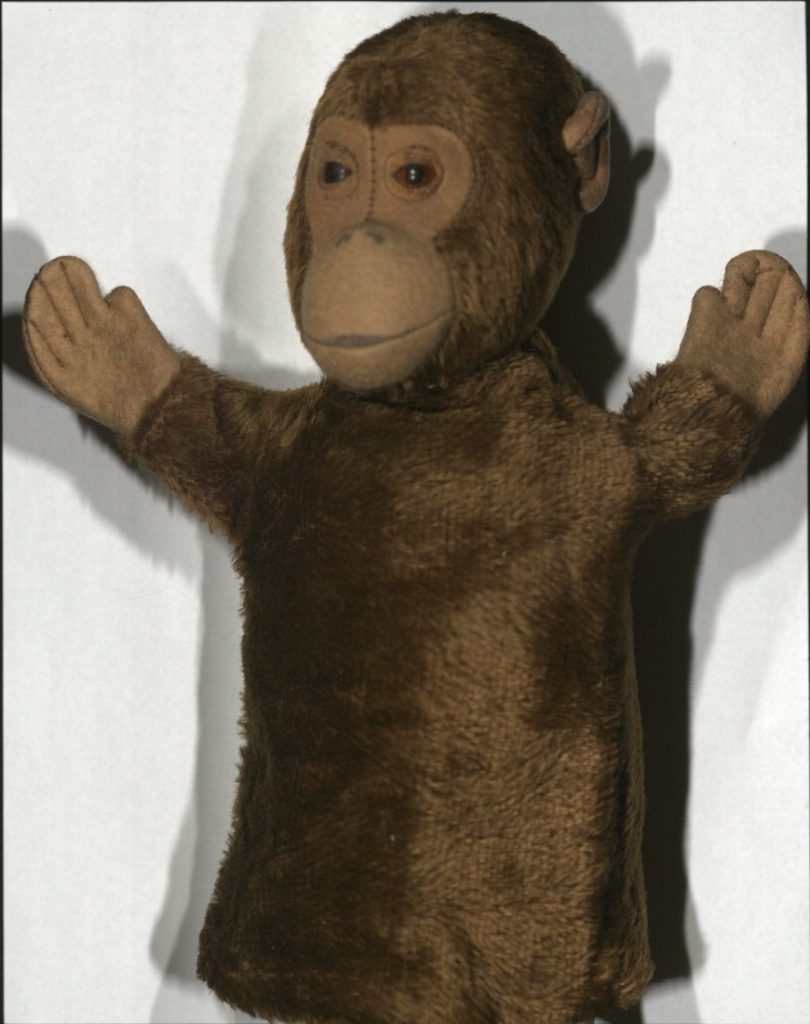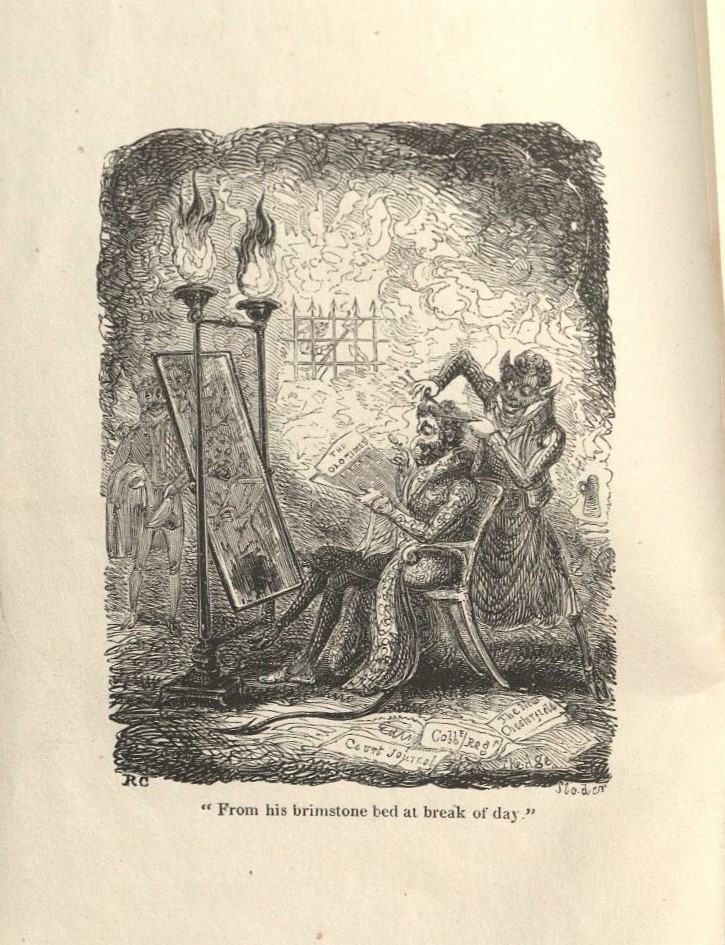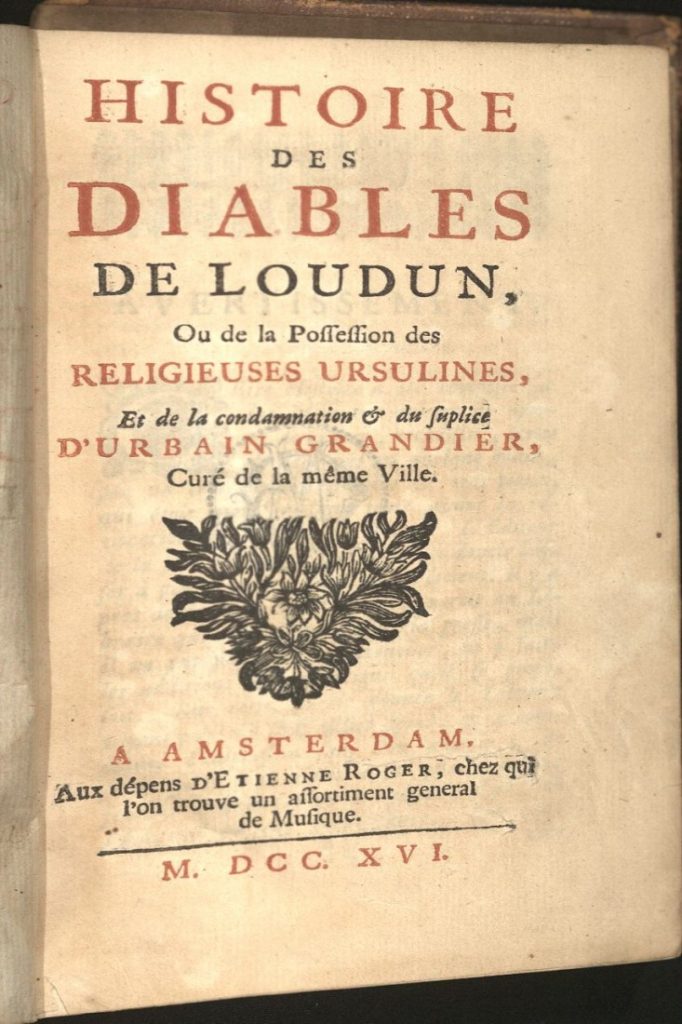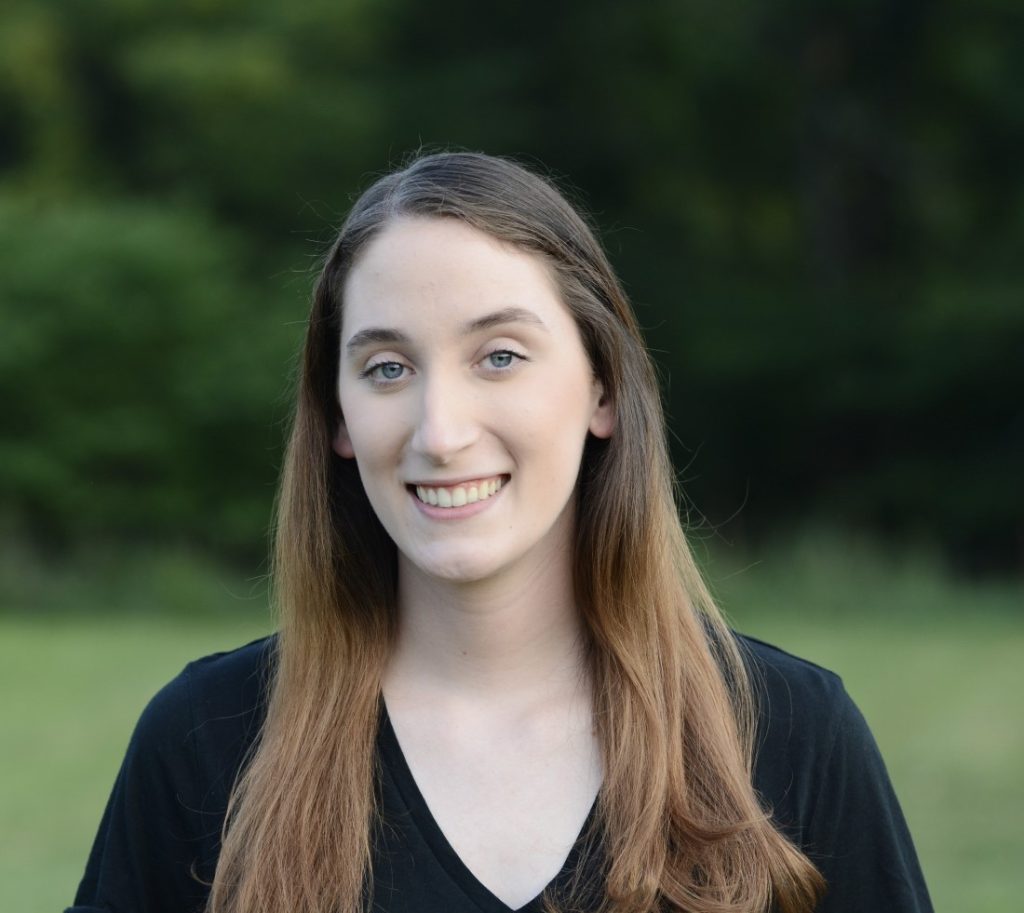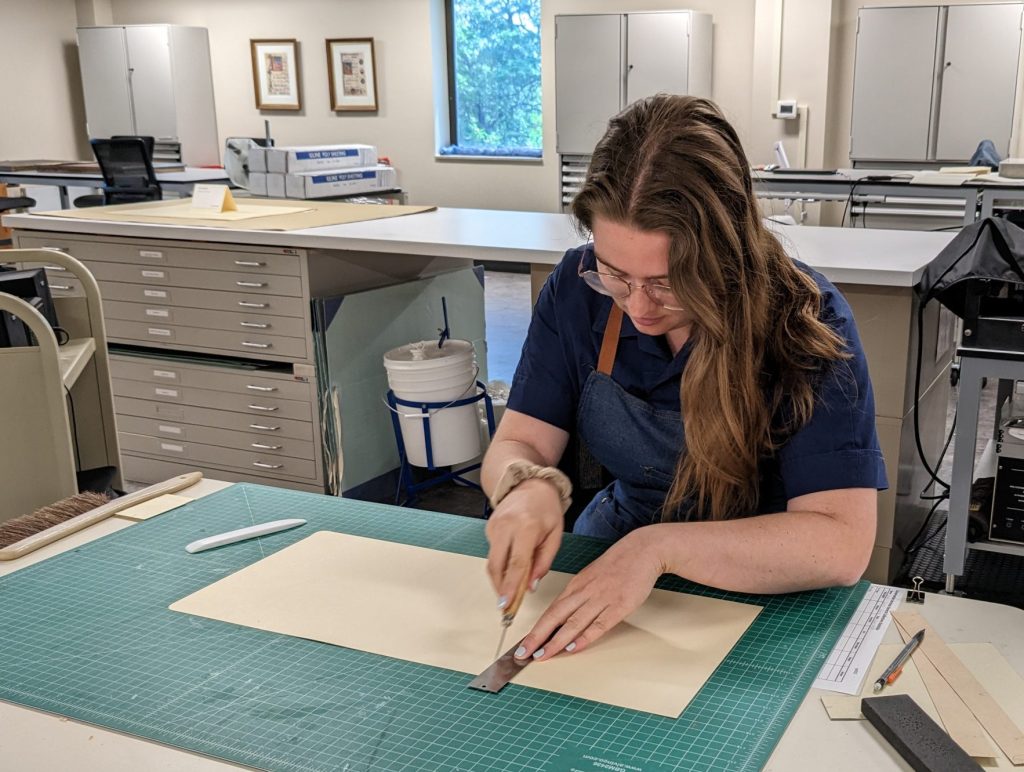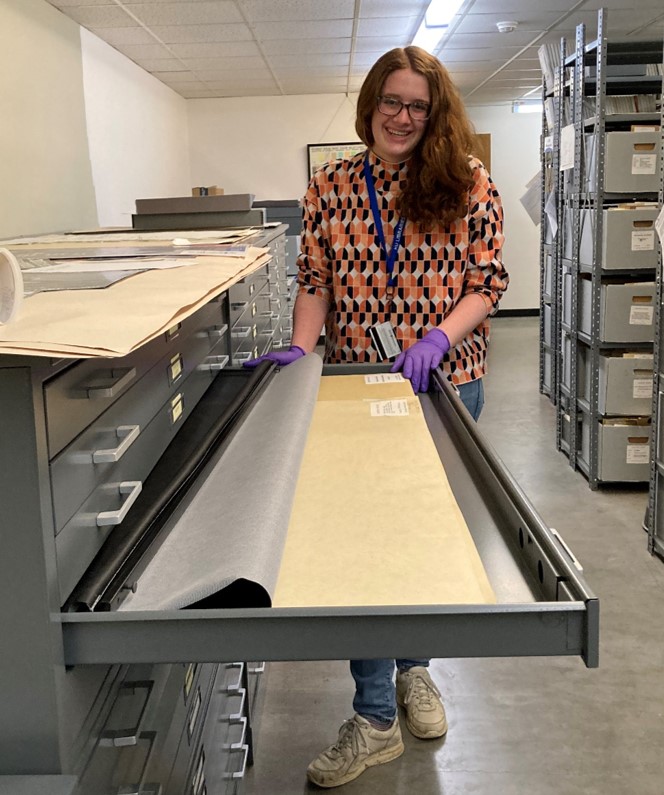Student Spotlight: Kaitlynn McIntosh
February 28th, 2024This is the latest installment in a series of posts introducing readers to student employees who make important contributions to the work of Spencer Research Library. Today’s profile features Public Services student assistant Kaitlynn McIntosh, who answered a few questions about her work at Spencer.
Please provide some brief biographical information about yourself.
My name is Kaitlynn and I am a second-year undergraduate art history major and education minor. I am on the track to be a part of the Accelerated Masters Program in hopes of graduating with my Bachelors in 2026 and my Masters in 2027. After completing my program I hope to work in a museum – possibly as a curator – or go on to be a college art history professor.
What does your job at Spencer entail?
I am a student assistant in the Public Services area, meaning I interact with most of the people that come into the library. I check people into our Reading Room and gather materials for patrons that come in. I also gather materials for professors who would like to hold class inside the library. In my job I handle a lot of old materials and I find myself very lucky to do so. Whenever I am paging items I always find new things that I am interested in or would have never thought I would come across. That is my favorite part of my job at Spencer.
Why did you want to work at Spencer Research Library?
I wanted to work at Spencer because I believed it would give me some good practice for working in a museum one day. Though we are a library, we do have a gallery and exhibition space. I am also handling a lot of old and fragile materials, so this job has given me good practice in how certain items need to be handled and cared for.
What are you studying, and what do you hope to do in your future career? Has your work at Spencer changed how you look at your studies or your future career plans in any way?
I am studying art history in hopes of working in a museum setting. Since starting at Spencer I have opened up to more possible careers after graduating. I have my mind on the possibility of working in a library as a curator like some of the staff here at Spencer. I am intrigued by a lot of the work that they do, mainly that they are able to work with professors who hold class sessions here. Working at a library or museum on a college campus has never crossed my mind but by working here that new possibility has opened up to me. I love working with the public and I would love to continue that into my future career plans.
What piece of advice would you offer other students thinking about working at Spencer Research Library?
If you are wanting to work at Spencer I would say apply. There are other positions for student employees that aren’t just in Public Services. This includes University Archives and Conservation Services. It is a very fun environment and is a great job to have as a student because they are very flexible with your class schedule and are very willing to help you with anything at all.
Kaitlynn McIntosh
Public Services student assistant


